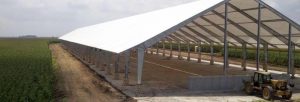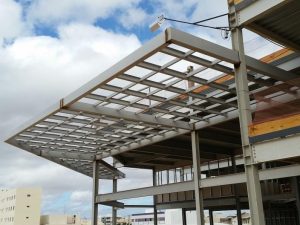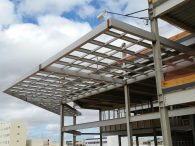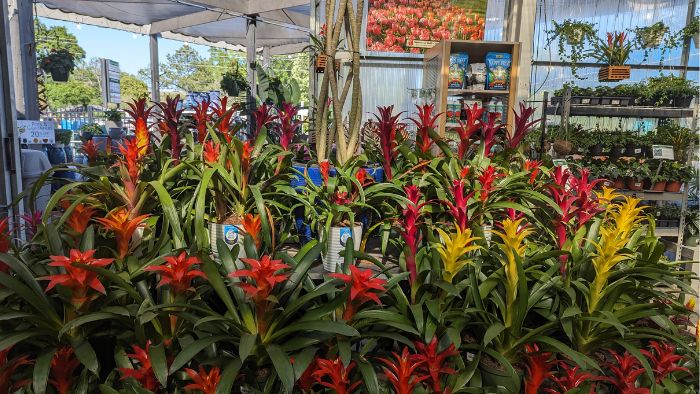Conventionally clad steel framed structures have their place, but they can be unnecessarily heavy in a variety of ways. Heavy in materials, heavy on the environment, and heavy in labour costs. When a business is thinking about having this done they may want to get financial advice first as it’s a big investment. If you need some expert help then maybe a Cheltenham accountants company which can be found on links including cheltenham accountants randall & payne Here are some factors to compare when considering a fabric versus steel design for your project.

Climate control and ventilation
Continuous fabric coverings can be designed to be more airtight than conventional buildings, allowing for exact climate control. This can be crucial for some buildings, sports stadiums for example, where temperature stability and humidity can be critical. The mass of conventional buildings is slower to respond to control measures.
For some uses conventional low-roofed buildings have real problems with air quality. If the structure houses livestock, or machinery with combustion engines like cars or aircraft, a healthy volume of air is a definite bonus. Fabric roofs are typically cast high above floor level maintaining ample natural dilution of pollutants even without climate control systems.
Energy savings
Fabric roofs are often made of translucent membranes that let in soft natural light. They can also be retractable and rolled back in nice weather. By taking advantage of natural light and warmth, the structure’s energy use will be substantially diminished, with both financial and environmental benefits. Even if a non-translucent material is required, the unobstructed bright white underside of modern fabric roofs is helpful in reflecting and dispersing illumination and heat around the building.
Other environmental impacts
Materials used in fabric structures have less environmental impact than those associated with conventional steel constructions. Many fabrics are manufactured from renewable or even recycled materials. There is also less waste when they are eventually demolished or replaced.
Today’s regulations often subsidise energy-saving and renewable materials. A good source of information is here http://www.ukgbc.org/resources/publication/embodied-carbon-developing-a-client-brief.

Construction time
Components are usually prefabricated off-site which reduces build time. Typically, tensile structures can be erected in half the time of equivalent steel framed solutions. That can mean saved weeks or even years of construction, with a multitude of cost savings.
Portability
In many cases a fabric structure can be picked up and moved to a new location. Portability is particularly advantageous when structures are needed in difficult or remote locations, or in emergency situations such as for refugees and disaster relief.


